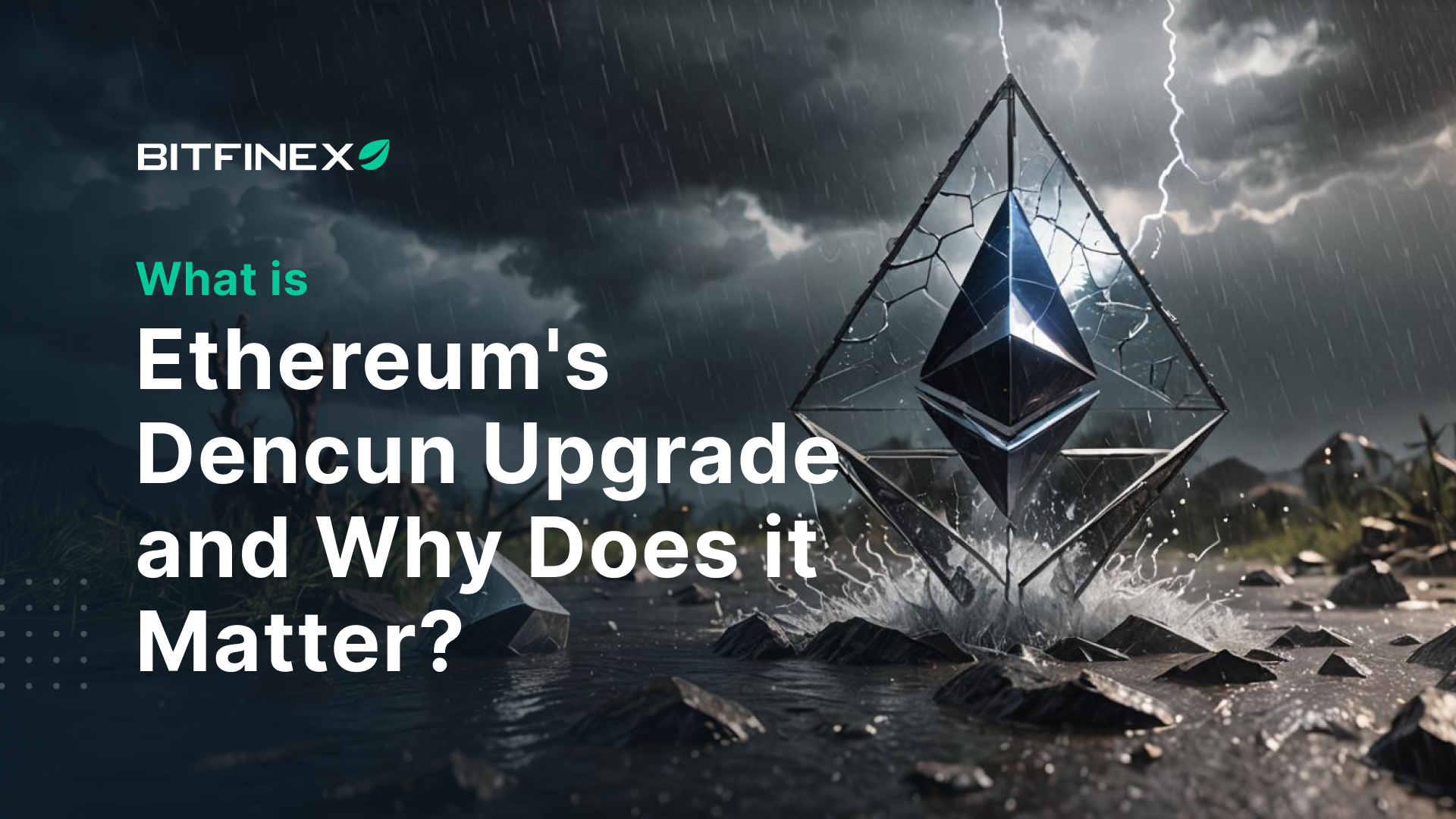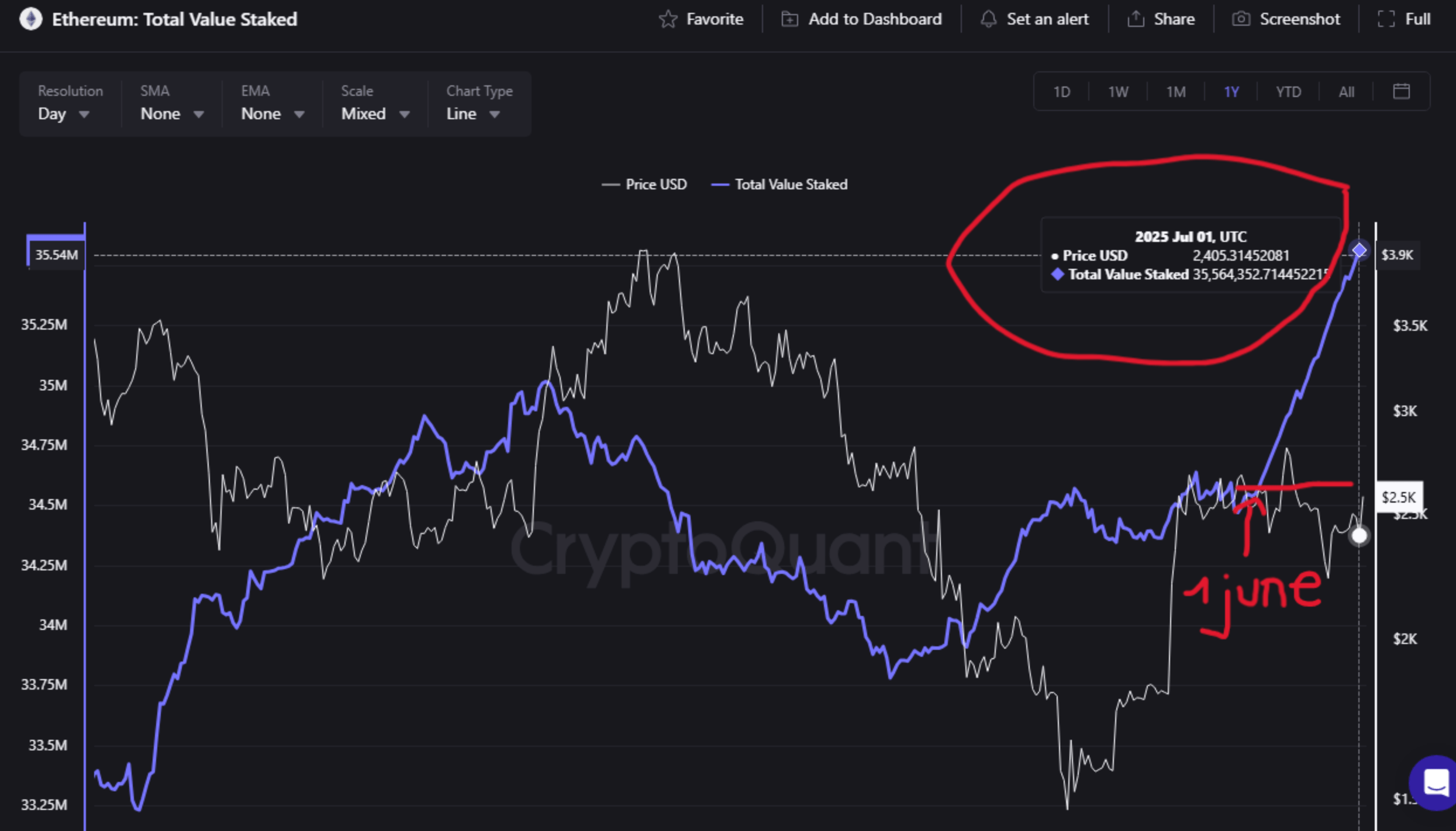
Ethereum’s ascent to the top of the on-chain ETF infrastructure race is no accident. With ETH currently trading at $4,476.34, the network stands as the backbone for a new era of digital asset management, where ETFs are not just traded but also issued and settled entirely on-chain. In 2025, as BlackRock weighs tokenized ETFs on public blockchains and Ondo launches over 100 tokenized US stocks and ETFs on Ethereum, the narrative is no longer about potential, it’s about execution at scale.
Ethereum’s Technological Edge: The Dencun Upgrade and Proof-of-Stake
The foundation of Ethereum’s lead in ETF infrastructure lies in its relentless pace of technical evolution. The transition to Proof-of-Stake (PoS) has redefined scalability and sustainability, slashing energy consumption while opening doors for institutional use cases. The recent Dencun upgrade cut gas fees by 90%, making large-scale ETF transactions not just feasible but economically sensible.
This matters for ETF issuers who demand high throughput, low latency, and predictable costs. As tokenized assets migrate on-chain, over $24 billion in real-world assets now reside on public blockchains according to Pantera Capital, Ethereum’s infrastructure is proving it can handle both volume and complexity with ease.
Yield Generation: Staking as a Productivity Engine
The yield story is another pillar of Ethereum’s dominance. With staking rewards between 4.5% and 5.2%, ETH transforms from a passive holding into a productive asset, a rare trait among layer-1 blockchains competing for ETF flows. By Q2 2025, nearly 30% of ETH supply was staked, underscoring deep investor trust in network security and future returns (source).
This yield mechanism isn’t just a bonus; it’s fundamentally reshaping how institutions view exposure to crypto ETFs. For investors seeking both capital appreciation and income generation from their ETF allocations, Ethereum offers an attractive dual mandate that other chains struggle to match.
Ethereum (ETH) Price Prediction 2026-2031
Professional outlook based on on-chain ETF leadership, institutional adoption, and evolving blockchain infrastructure.
| Year | Minimum Price | Average Price | Maximum Price | Estimated % Change (Avg) | Market Scenario Insights |
|---|---|---|---|---|---|
| 2026 | $3,950 | $5,200 | $7,000 | +16% | Continued ETF inflows and steady staking yields; minor corrections possible in broader crypto market |
| 2027 | $4,200 | $6,100 | $8,500 | +17% | Expansion of tokenized assets and further regulatory clarity drive institutional demand |
| 2028 | $4,700 | $7,300 | $10,000 | +20% | Major DeFi and RWA integrations on Ethereum; bullish scenario if global ETF adoption accelerates |
| 2029 | $5,300 | $8,900 | $12,500 | +22% | Maturity of on-chain ETF market, Ethereum dominates RWA tokenization, but faces competition from L2s and alt-L1s |
| 2030 | $6,000 | $10,400 | $15,000 | +17% | Widespread use of tokenized ETFs, Ethereum upgrades boost scalability and throughput |
| 2031 | $7,200 | $12,000 | $18,000 | +15% | Ethereum cements role as global settlement layer for tokenized assets; macroeconomic cycles impact volatility |
Price Prediction Summary
Ethereum is positioned for steady growth through 2031, underpinned by its dominance in on-chain ETF infrastructure, robust institutional adoption, and a thriving ecosystem for tokenization. While volatility and competitive threats remain, the network’s technological advancements and regulatory clarity support a progressive price appreciation. Average annual gains are expected to range between 15% and 22%, with potential for outsized returns in bullish market cycles.
Key Factors Affecting Ethereum Price
- Ongoing institutional adoption and ETF inflows
- Yield generation from staking and high network participation
- Regulatory clarity in major jurisdictions (e.g., SEC utility token designation)
- Technological upgrades (scalability, cost-efficiency, security)
- Broader adoption of tokenized assets and DeFi protocols
- Potential competition from alternative L1s and Layer 2 solutions
- Macroeconomic factors and global crypto market cycles
Disclaimer: Cryptocurrency price predictions are speculative and based on current market analysis.
Actual prices may vary significantly due to market volatility, regulatory changes, and other factors.
Always do your own research before making investment decisions.
Institutional Adoption Surges Past Rivals
The numbers tell the story: by August 2025, Ethereum ETFs attracted $3 billion in inflows, outstripping Bitcoin’s $2.37 billion during the same period (source). BlackRock, Fidelity, Franklin Templeton, these are not crypto-native names but pillars of traditional finance now building directly atop Ethereum.
The great migration isn’t just retail speculation, it’s institutional capital seeking programmable yield and compliance-ready rails for tokenized funds.
This trend is accelerating as regulatory clarity emerges; with the SEC classifying ETH as a utility token, barriers for fund approval are falling away (source). The result? A snowball effect where each new ETF launch brings more liquidity, more legitimacy, and more innovation into the ecosystem.
The Tokenization Flywheel: Real World Assets Meet DeFi Rails
If you want to see why Ethereum outpaces competitors like Solana or Avalanche in the ETF wars, look no further than its thriving ecosystem for real-world asset (RWA) tokenization. By mid-2025, over $7.1 billion in tokenized assets, including US Treasuries and commercial real estate, were deployed natively on Ethereum (source). This creates a virtuous cycle: more assets draw more users; more users attract more issuers; more issuers fuel further innovation around compliance and composability.
The result is an ever-deepening moat around Ethereum ETF infrastructure. Ondo Finance’s launch of over 100 tokenized US stocks and ETFs this year, built squarely atop Ethereum rails, is only the beginning.
As the dust settles on the first wave of on-chain ETF launches, Ethereum’s momentum is unmistakable. The network’s composability and established standards, like ERC-20 and its newer token frameworks, make it the default for asset issuers looking to tap into a global pool of liquidity and programmable compliance. These are not mere technicalities, they’re the connective tissue enabling real-time settlement, transparent governance, and instant auditability for tokenized ETFs.

Consider the competitive landscape: while alternative chains tout speed or low fees, they lack Ethereum’s deep liquidity, developer mindshare, and regulatory track record. This is why projects serious about institutional-grade ETFs, from BlackRock’s exploratory moves to Franklin Templeton’s active deployments, consistently choose Ethereum as their foundation.
Why Institutions Prefer Ethereum for On-Chain ETFs
For legacy financial players entering digital assets, trust is non-negotiable. Ethereum offers more than just technical robustness; it provides a history of uptime, security audits, and an open-source ethos that aligns with regulatory scrutiny. The SEC’s utility token designation for ETH has removed a persistent cloud of uncertainty, streamlining fund structuring and compliance processes (source).
Moreover, Ethereum’s integration with established custodians and KYC/AML providers means that ETF products can plug directly into existing risk management frameworks. This interoperability is key as institutions look to scale exposure without compromising on operational controls.
Top Reasons Institutions Choose Ethereum for ETFs
-

1. Advanced Scalability and Low Transaction CostsEthereum’s transition to Proof-of-Stake and the Dencun upgrade have reduced gas fees by 90%, enabling high-volume, cost-effective ETF transactions. This scalability is essential for institutional-grade trading and settlement.
-

2. Attractive Yield Generation via StakingEthereum’s staking yields of 4.5%–5.2% and the fact that 30% of ETH supply is staked (as of Q2 2025) make it a productive asset for institutions, offering both capital appreciation and steady income.
-

3. Unmatched Institutional Adoption and ETF InflowsBy August 2025, Ethereum ETFs saw $3 billion in inflows, outpacing Bitcoin’s $2.37 billion. Major players like BlackRock and Fidelity have launched Ethereum-focused funds, signaling strong institutional trust.
-

4. Regulatory Clarity from the SECThe SEC’s classification of Ethereum as a utility token has provided regulatory certainty, paving the way for ETF approvals and boosting institutional confidence in Ethereum’s compliance and longevity.
-

5. Comprehensive Ecosystem and Real-World Asset TokenizationEthereum’s ecosystem supports $7.1 billion in tokenized assets (mid-2025), including real estate and U.S. Treasuries, as well as DeFi and stablecoins. This breadth offers institutions a robust foundation for on-chain ETF innovation.
The Road Ahead: Programmable Finance at Scale
The next act in this story will be defined by how quickly traditional assets migrate onto programmable rails. With over $4,476.34 per ETH at press time, and staking yields providing real economic incentives, Ethereum is uniquely positioned to capture flows from both sides of the capital markets divide: crypto-native innovation and legacy finance seeking efficiency gains.
What comes next? Expect more cross-chain experimentation but also consolidation around protocols with proven resilience. As tokenized US stocks and ETFs proliferate (see Ondo Finance), secondary markets will deepen and new financial primitives, like automated rebalancing or composable derivatives, will emerge natively on-chain.
How likely are you to invest in an Ethereum-based on-chain ETF in the next 12 months?
With Ethereum (ETH) now at $4,476.34 and leading the way in on-chain ETF infrastructure—thanks to its lower fees, staking yields, and strong institutional adoption—would you consider investing in an ETH-based on-chain ETF within the next year?
Macro investors should watch closely as ETH continues to serve as both settlement layer and yield engine for this new breed of financial product. The convergence of DeFi rails with institutional-grade compliance isn’t just a narrative, it’s a capital migration in real time.
The story of on-chain ETFs isn’t about replacing Wall Street; it’s about rearchitecting its plumbing for a programmable future, and right now, all roads lead through Ethereum.




